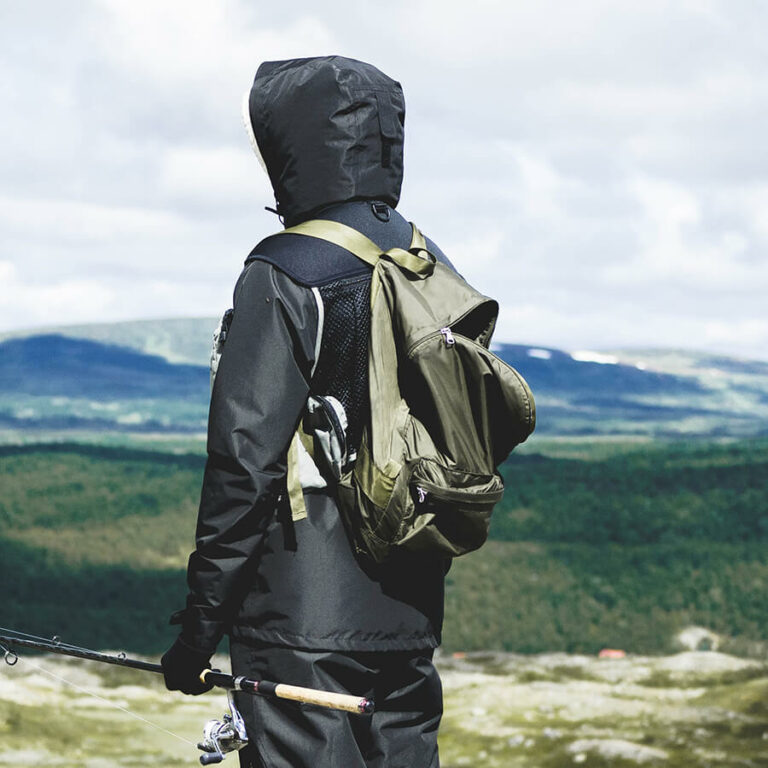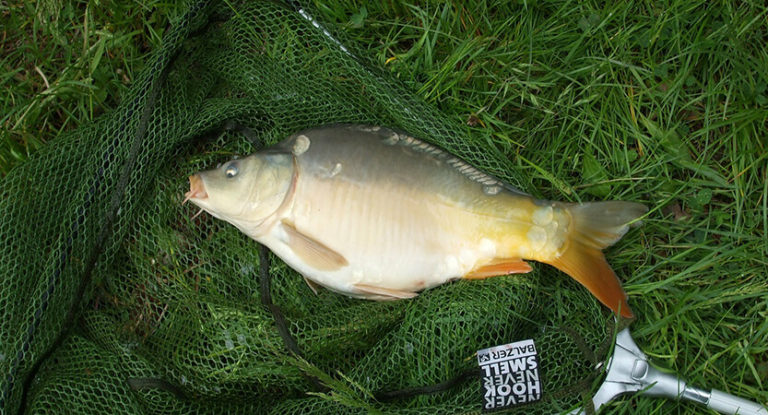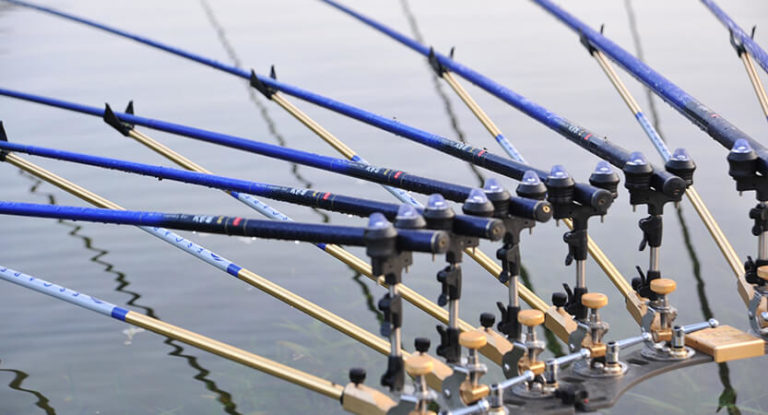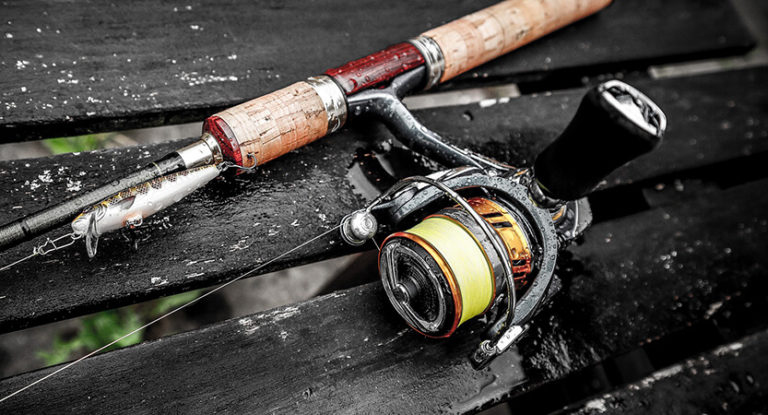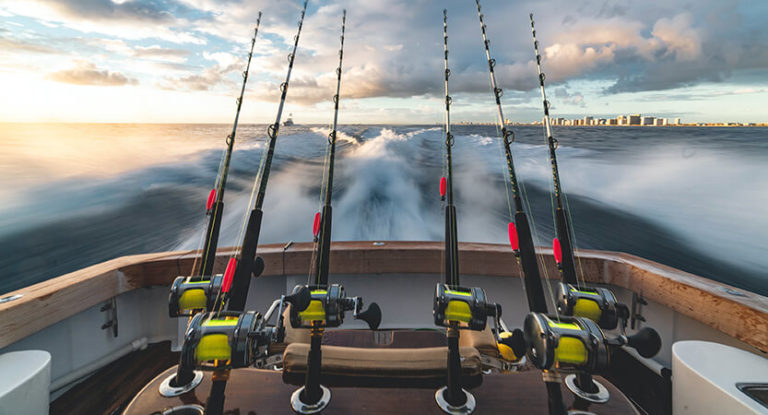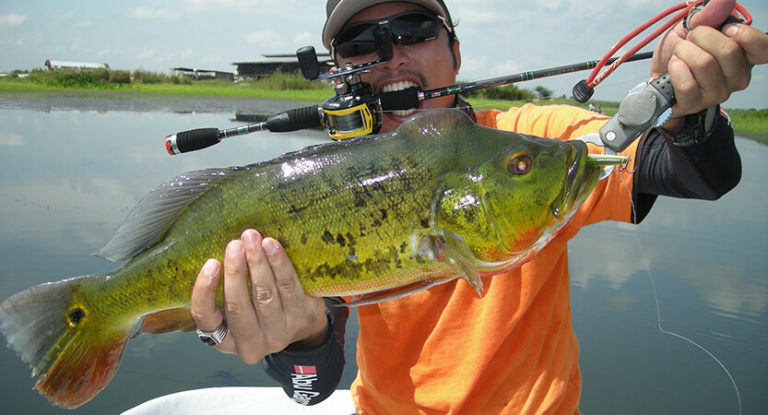Baltic herring – fish, a subspecies of the Atlantic herring from the same family. In appearance – a typical representative of herring. The fish has a spindle-shaped body and a fairly large head with large eyes. The mouth is medium, on the opener there are small sharp teeth. In the sea of herring forms local herds, which may differ in habitat and spawning periods.
Here is an overview of the content of this tutorial, feel free to jump to any section you care about:
For more fishing instructions, take a look at these popular Trizily links: Pollock Fishing.
Herring Fishing
Overview of herring
The fish living off the coast of Germany or Sweden are somewhat larger and can reach a size of 35 cm, but these are fast-growing subspecies of the same fish. Along the northeastern shores of the Baltic, the herring is finer and rarely exceeds 14-16 cm in length. Herring is a sea fish, but it easily tolerates the desalinated and brackish waters of the Baltic bays. Herring populations in freshwater lakes in Sweden are known. Migrations and life cycles of fish directly depend on the temperature of the sea.
Herring is a pelargic fish whose main food is invertebrates living in the upper and middle layers of the water. Fish adheres to open areas of the sea, but in spring it approaches the shore in search of food, but with excessive heating of coastal waters, it goes to deeper places and can stay in the middle layers of the water.
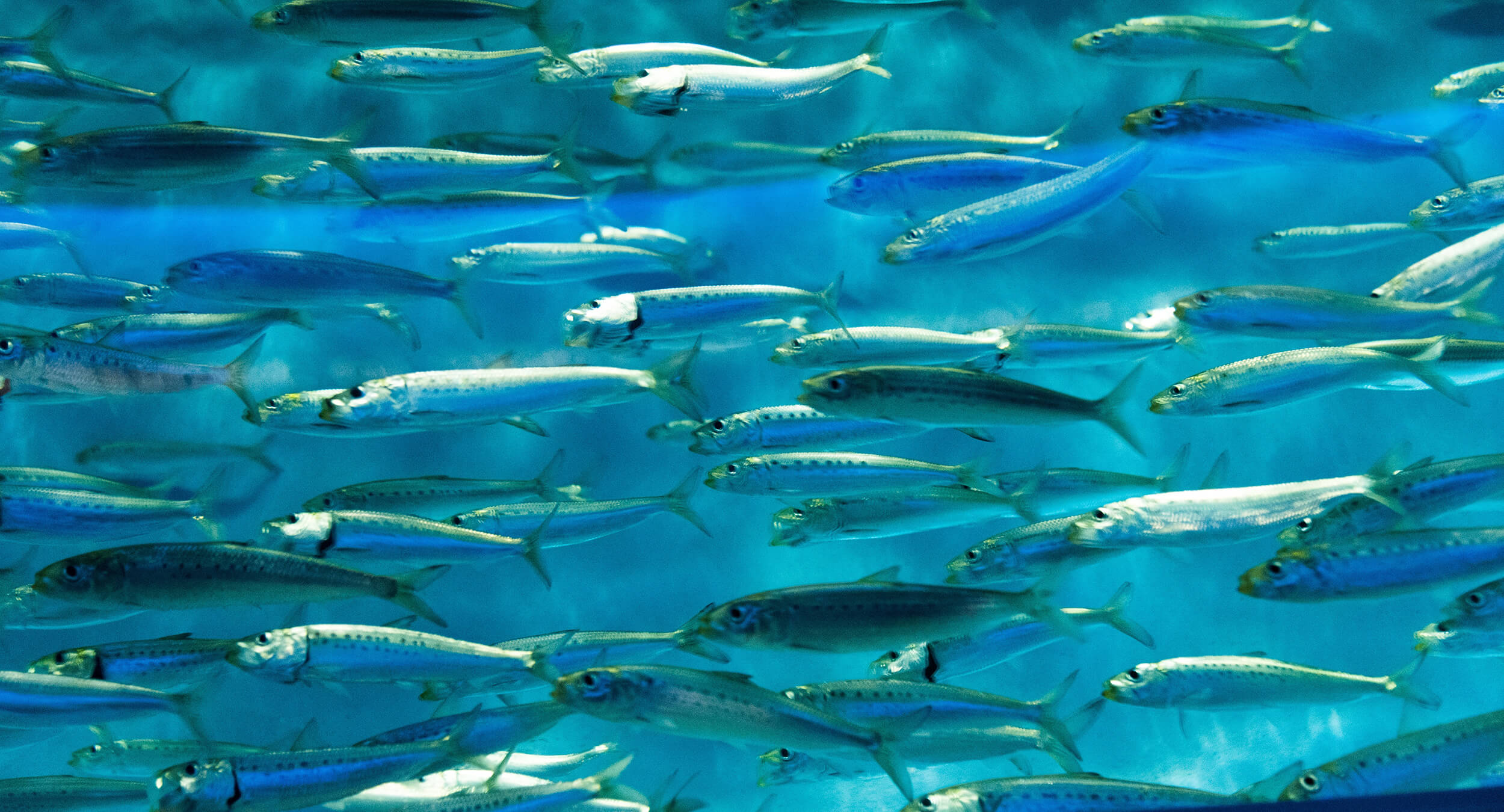
In the autumn-winter period, the fish migrates far from the coast and adheres to the bottom layers of water. In search of zooplankton, herring competes with sprats and other small species, but large individuals can switch to feeding on stickleback and juveniles of other species. At the same time, herring itself is a typical food for larger species, such as Baltic salmon, cod and more.
Reproduction habit of herring
There are two main races of herring, which differ in spawning time: autumn and spring. The sexually mature fish becomes 2-4 years old. Spring herring spawns in the coastal zone at a depth of 5-7 m. Spawning time is May-June. Autumn, spawns in August-September, this happens at great depths. It is worth noting that the autumn race is quite small.
Herring fishing guide: Techniques, bait and gear
Herring fishing techniques
Industrial fishing is carried out with net gear. But amateur herring fishing is very popular and can be carried out both from the shore and from boats. The main fishing methods are multi-hook tackle-type gear and so on. It is worth noting that experienced anglers advise using whitish or yellow snag.
Catching herring using long casting rods
Most of the names of multi-hook equipment can have different names, such as “cascade”, “herringbone” and so on, but in essence, they are similar and can completely repeat each other. The main differences can appear only in the case of fishing from the shore or from boats, mainly the presence of various types of rods or their absence. Herring is often caught from the shore, therefore it is more convenient to fish with the help of long rods with “running equipment”.
In general, most rigs are similar, so general guidelines for multi-hook fishing are suitable. Catching on “tyrant” tackle, is widespread enough and is used by fishers around the world. There are small regional differences, but the principle of fishing is the same everywhere. Still, it is worth noting that the main difference between the snap-in is rather related to the size of the extraction. Initially, the use of any rods was not provided. A certain amount of cord is wound around an arbitrary reel, depending on the depth of fishing, this can be up to several hundred meters. At the end, a sinker is fixed with an appropriate weight of up to 400 g, sometimes with a loop at the bottom, to secure an additional leash. Leashes are fixed on the cord, most often, in the amount of about 10-15 pieces.
Leashes can be made from materials, depending on the intended catch. It can be either a monofilament, or a metal lead material or wire. It should be clarified that sea fish are less “finicky” to the thickness of the rigs, so you can use fairly thick monofilms (0.5-0.6 mm). Regarding the metal parts of the equipment, especially the hooks, it should be borne in mind that they must be coated with corrosion, because sea water corrodes metals much faster. In the “classic” version, “tyrant” is equipped with baits, with attached colored feathers, woolen threads or pieces of synthetic materials. In addition, small spinners, additionally fixed beads, beads, etc. are used for fishing.
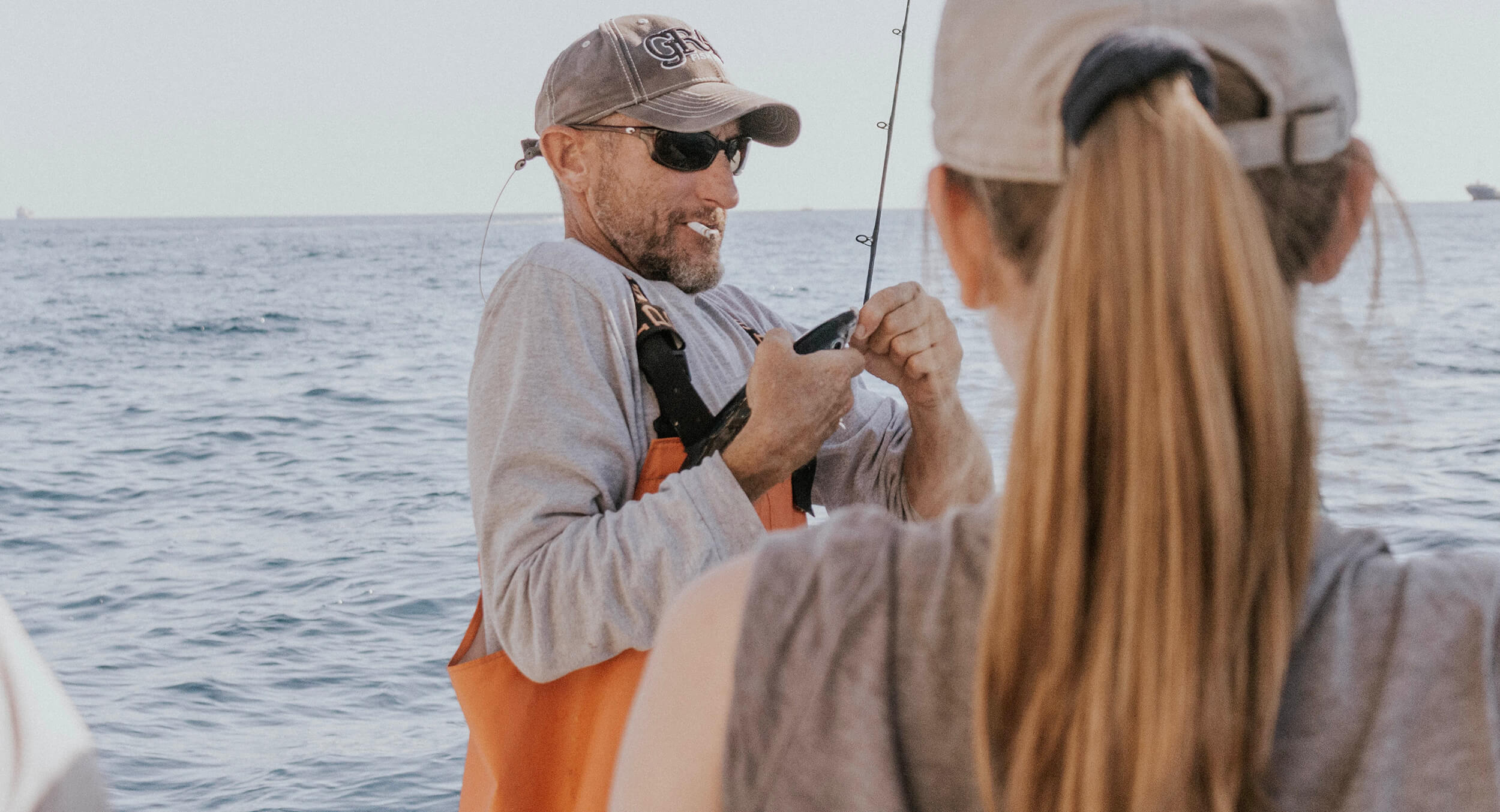
In modern versions, when connecting parts of the equipment, various swivels, rings and so on are used. This increases the versatility of the gear, but can damage its durability. It is necessary to use reliable, expensive accessories. On specialized vessels for fishing on the “home-made”, special on-board devices for winding tackle may be provided. This is very convenient when fishing at great depths. If fishing takes place from ice or a boat, on relatively small cords, then ordinary reels that can serve as short fishing rods are enough. When using onboard fishing rods with access rings or short sea spinning rods, a problem arises that is typical for all multi-hook rigs with tool unwinding, when fishing fish. When catching small fish, this inconvenience is solved by using fishing rods 6-7 m long, and when catching large fish – by limiting the number of “working” leashes.
In any case, when preparing fishing gear, the main lure should be convenience and simplicity during fishing. The fishing principle is quite simple, after lowering the sinker in a vertical position to a predetermined depth, the angler makes periodic twitches with gear, according to the principle of vertical luring. In the case of active biting, this is sometimes not necessary. “Landing” fish on hooks can occur when lowering the equipment or from the pitching of the vessel. When fishing herring from the shore, various postings are possible, but often recommend uniform. This is due to the fact that herring breaks down more often, especially when fishing with sharp jerks with a fishing rod.
Where to catch herring
The main habitat of herring, as can be seen from the second name, is the Baltic Sea. Considering the fact that the Baltic Sea as a whole is a shallow and low-saline reservoir, many herring populations live in shallow desalinated bays such as Finnish, Curonian and others. In winter, the fish adheres to deeper parts of the reservoir and goes far from the coast. The fish leads a pelargic lifestyle, in search of food and for spawning, it migrates to the coastal zones of the sea.

